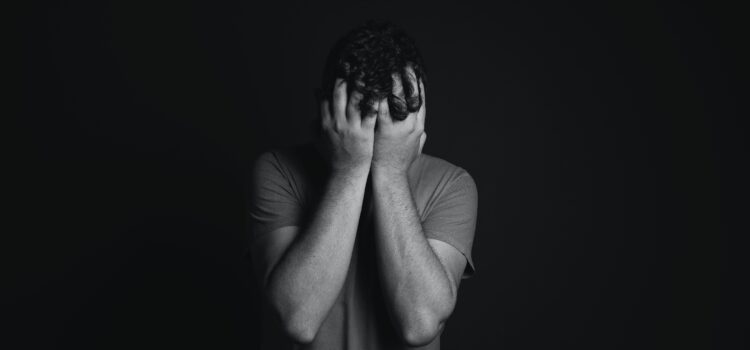What role does parenting play in children’s self-esteem? How can parents help their children develop healthy self-esteem? If parents fail to provide optimal conditions for the proper psychological development of their child, he or she could grow into an adult who is in an arrested stage of psychological development—and whose self-esteem is unhealthy. Of course, these children can still adopt behavior that nurtures their self-esteem, so parenting doesn’t determine a child’s self-esteem, but it can support or hamper it. Here are eight specific best practices for building self-esteem in children.
Building Self-Esteem in Children: 8 Tips for Parents










